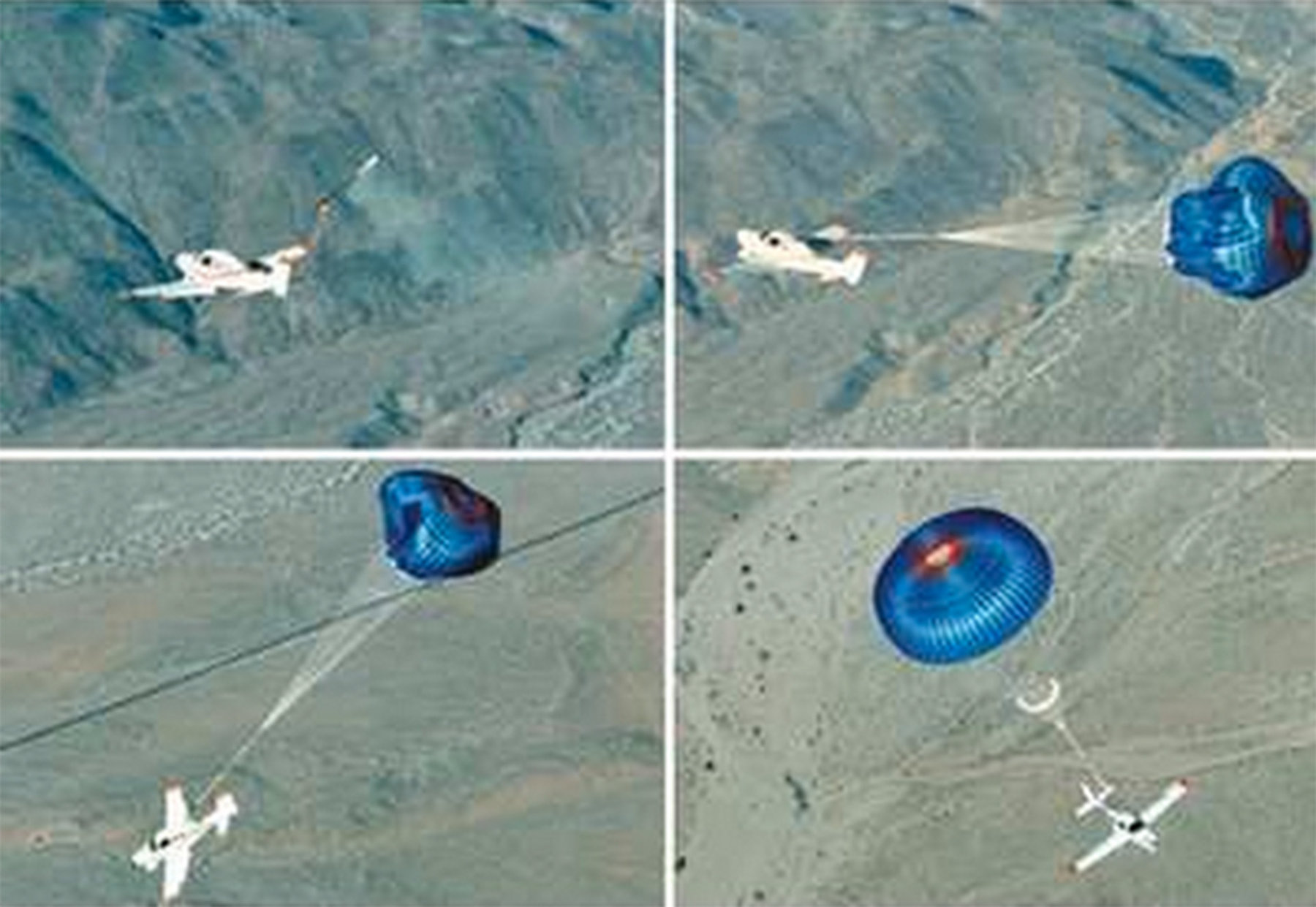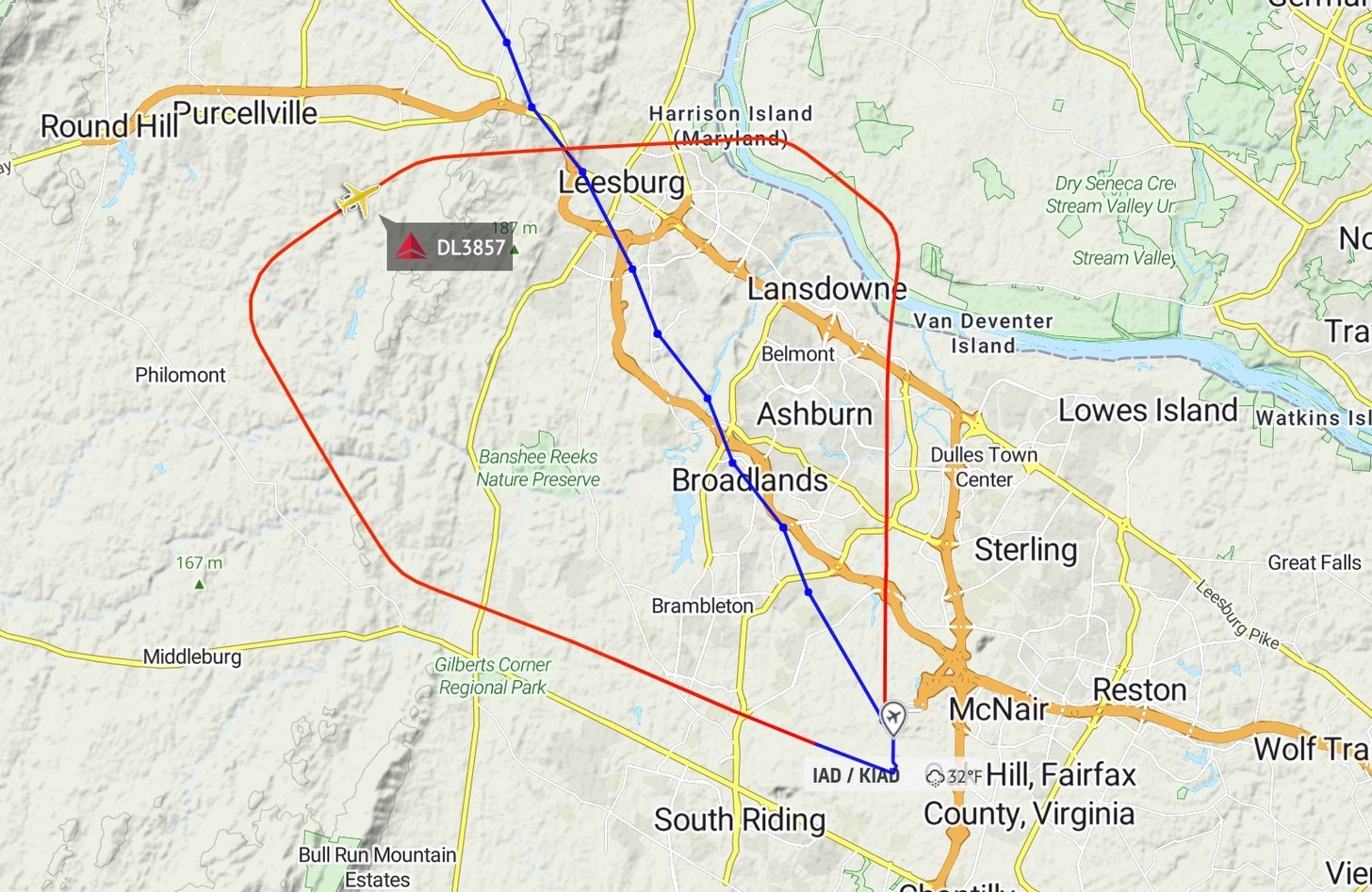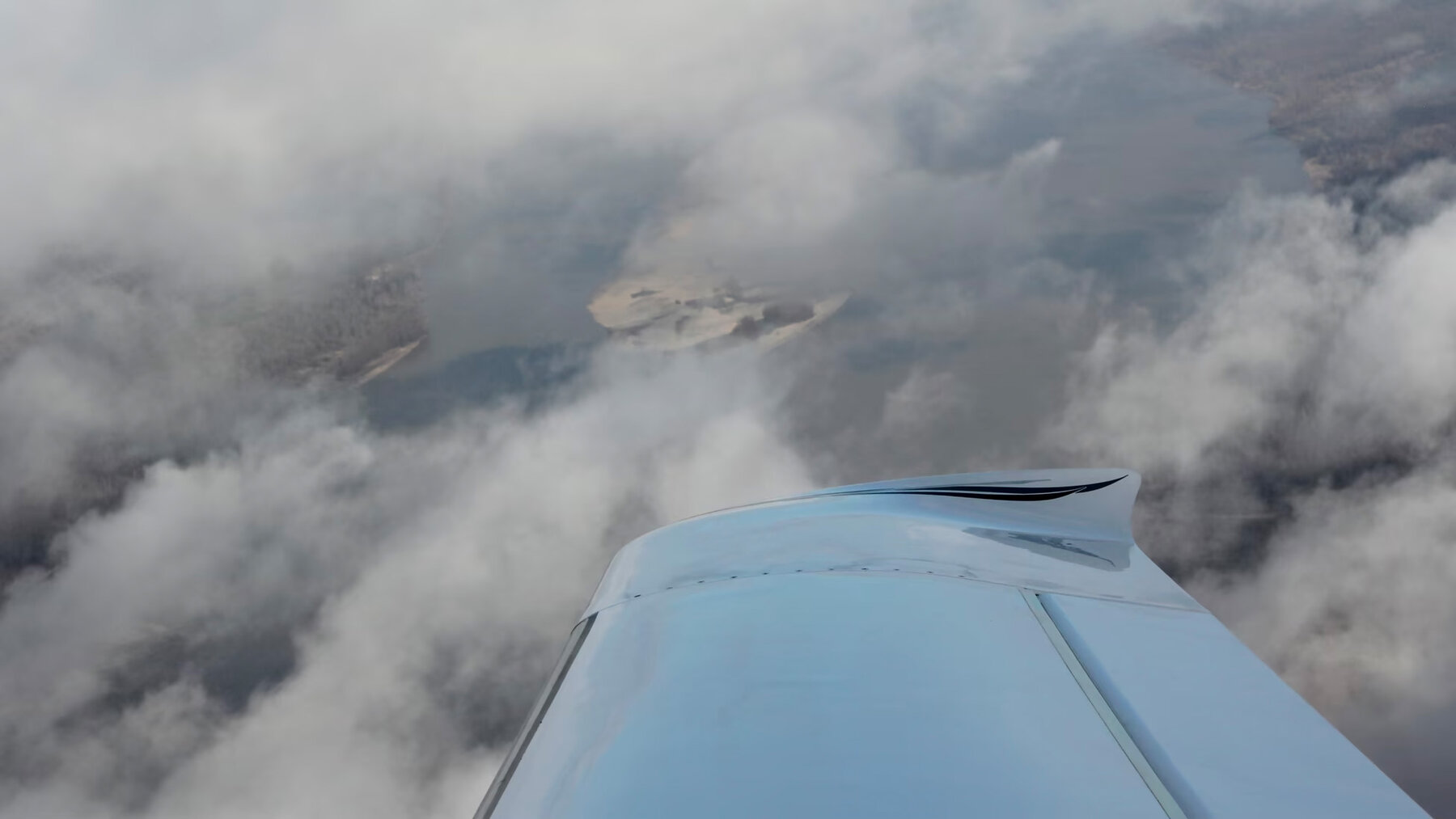Frederick Airport is well known in the aviation world, as the home base of the Aircraft Owners and Pilots Association, AOPA. This accident is obviously a tragedy for all involved, and one close to home for me. I took my private-pilot exam at Frederick Airport; I’ve landed there maybe a hundred times, on training exercises or to get my plane repaired or to meet people at AOPA. Also, the plane involved is the same year and model (a 2006 SR-22) as the one we have been flying for our travels.
Points about this episode, starting and ending with sympathies for those involved.
1) Although the most famous airline mid-air collision happened in the middle of nowhere, over the Grand Canyon, nearly 60 years ago, in non-airline flying the main place where this is a risk is right around airports. Flying cross country, you can go for very long periods without coming within a dozen miles of another airplane. But since airplane flights need to wind up at airports, the closer you get to one, the more likely you are to see other planes.
At this towered, but non-radar, airport at FDK, the controller was clearing aircraft, as you can hear in a very upsetting Live ATC recording. But she could not see all of them, nor did they see each other.
3) Last month Alan Klapmeier, who with his brother Dale founded the Cirrus Design company in the 1990s, was formally inducted into the Aviation Hall of Fame. Their achievement was to design and produce the Cirrus aircraft line, which are made in Duluth, Minnesota and are now the most successful planes of their kind worldwide.
Thirty years ago, when Alan was a young pilot, he was in a mid-air crash in the Midwest. He barely managed to bring his plane safely to the ground. He resolved that when he ran his own airplane-making company—he was such an entrepreneur that he thought of it as when, not if—he would protect pilots against this danger by equipping entire airplanes (not just passengers) with parachutes. That is what Cirrus did, with its SR-20 and SR-22 aircraft. The Cirrus pilot’s split-second decision to deploy the parachute appears to have saved that plane’s occupants, while tragically the helicopter was destroyed on impact after falling 1000 feet to the ground.
4) Frederick has an active mix of traffic. I have often watched for glider-tow planes taking off, or gliders landing, while myself preparing to land there. It has an active helicopter school, plus both slower (propeller plane) and faster (jet) airplane activity.
So dealing with traffic-roundabout-type interactions is fairly normal for pilots there and at many other airports. Usually the main separation between airplanes and helicopters is a matter of altitude. The “traffic pattern” for airplanes as they prepare to land typically begins at around 1000 feet above the ground. Helicopters usually operate much lower. For some reason, in this case the airplane (which had been told by the controller to maintain its altitude) and the helicopter were at the same place at the same time.
Below, a number of reference materials. I am including a transcript of the Live ATC recording but not a link, because the recording is more disturbing than instructional (and appears to include the voices of people in the helicopter as it went down.) I am also not including a link to the local newscast I’m hearing just now, which says that “miraculously” the plane was relatively undamaged when it came to the ground. The “miracle” was the parachute. Update: The Washington Post has a good story with additional details here. Update-update: You can hear a press statement from the company that operated the helicopter, here; it includes a discussion of the difference the parachute made.
Extra material:
1) ATC discourse. Here is what the Live ATC recording says:
7:05 (seven minutes and five seconds into a certain recording, not 7:05 pm) Frederick tower: Cirrus 2ES report midfield left downwind for runway 30, I have three helicopters below you, in the traffic pattern.
7:14 (nine seconds later) Cirrus pilot: Report midfield left downwind, two of them in sight 2ES.
7:18 Frederick tower: Alright 2ES I have you in sight, Runway 30, maintain altitude until turning base, cleared to land.
7:25 Voices apparently from the helicopter: Oh God!!! [And more]
7:32 Another voice: Airplane down and helicopter down.
7:35 Frederick tower: Yes Yes I just saw. 911 is on the way..
This was all within the span of 30 seconds.
2) How Alan Klapmeier decided to build a parachute. This is from my book Free Flight, as excerpted in “Freedom of the Skies” in the Atlantic in 2001:
On May 2, 1984, when Klapmeier was twenty-five, he was taking a flying lesson at the Sauk-Prairie airport, just north of Madison, Wisconsin. It was late afternoon, and the sun was low in the sky. Klapmeier was in the pilot’s seat, with an instructor sitting next to him. This was advanced training—Klapmeier had been flying for years.
He had just taken off and was turning away from the airport, with the sun at his back. A plane was nearing the airport from the opposite direction, flying with the sun in the pilot’s face. The other pilot, a friend of Klapmeier’s, was in a variant of the Piper Cub called the PA-7, with no radio installed. Pilots may fly NRDO, or “no radio,” as long as they stay out of certain kinds of controlled airspace.
Every person who learns to fly is amazed by the reality of the “big sky”—you may fly for hours across several states and not see another plane except around airports. Most midair collisions therefore happen within five miles of an airport, and most happen in good weather, since on bad-weather days the planes are flying on instrument flight plans and are being separated by a controller’s instructions.
On this clear spring day, near an airport, Klapmeier’s plane collided with the other one. His wing sliced through the strut that supported the other plane’s wing. That plane lost its ability to fly and spun into the ground, killing the pilot.
Klapmeier had to ram the control yoke hard to the left to keep his plane, which had lost part of its right wing, on course back toward the runway. As he neared a landing, Klapmeier realized that he had pushed the yoke as far left as it would go. Each of the next few seconds contained its own complete drama. Act I: the yoke would go no farther. Act II: the plane, gliding above the runway, began rolling over to the right. Act IV: the plane rolled so far that its disabled wing struck the ground, sending the craft into a cartwheeling crash. But Act IV never happened, because in Act III, with a second to spare, Klapmeier felt the wheels touch the runway.
From such an episode many people would draw the conclusion that flying was too great a risk ever to expose themselves to it again. Alan Klapmeier concluded that existing small planes were too risky and had to be made safer.
3) Lessons of this tragedy. Brian Turrisi, a friend—and lifelong pilot, and fellow SR-22 owner whose plane was for many years based at Frederick, and doctor who has served as a FAA medical examiner—posted these thoughts just after the accident on a Cirrus pilots’ message board, and gave me permission to quote them:
1) The chute saved the Cirrus occupants. They are OK. This is exactly what the Klapmeier brothers had in mind when they designed a plane with a parachute.
2) The most common place for a mid air is within an airport traffic pattern. Avoidance of traffic in the vicinity of an airport is the pilot responsibility. Too many believe the tower keeps you apart. With no radar that is impossible. All the tower does is point out traffic. You have to see them.
3) It is probable the helicopter made a fatal mistake. At Frederick they typically operate below fixed wing traffic. That is what the controller reported and why staying at pattern altitude was the instruction until turning base. The plane never made it to base and the helicopter got too high it seems.
4) At any airport with the complexity of this type of operations, everyone needs to be in the right place doing what they are told. Helicopters DO NOT fly at pattern altitude here nor at most places. Helicopters standard routes in downtown DC all are below the traffic pattern at National Airport.
5) This is a terrible tragedy which reminds us how vulnerable we all are. But the Cirrus occupants are OK and the helicopter ones dead.
4) Update: This PDF from Cirrus explains the background and design of the parachute and is quite interesting.




